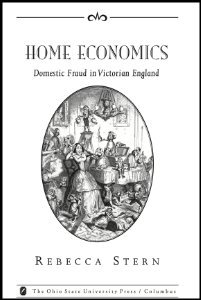By Susan Baidawi, Rubini Ball, Rosemary Sheehan and Nina Papalia
This paper outlines a retrospective follow-up study of all Victorian children aged 10 to 13 years with police contact for alleged offending in 2017 (N=1,369). The sample comprised relatively few 10- and 11-year-olds, while boys and Aboriginal and Torres Strait Islander children were over-represented. Most alleged offending was non-violent (71%), particularly among 10-year-olds (82%). Most matters did not proceed to court (80%), including 55 percent of matters which received police cautions. Of matters proceeding to court, 37 percent were struck out or dismissed, and a further 53 percent had outcomes not involving youth justice supervision. Half of children (49%) had no alleged offending in the following two years.
Trends & issues in crime and criminal justice no. 679. Canberra: Australian Institute of Criminology. 2024. 21p



